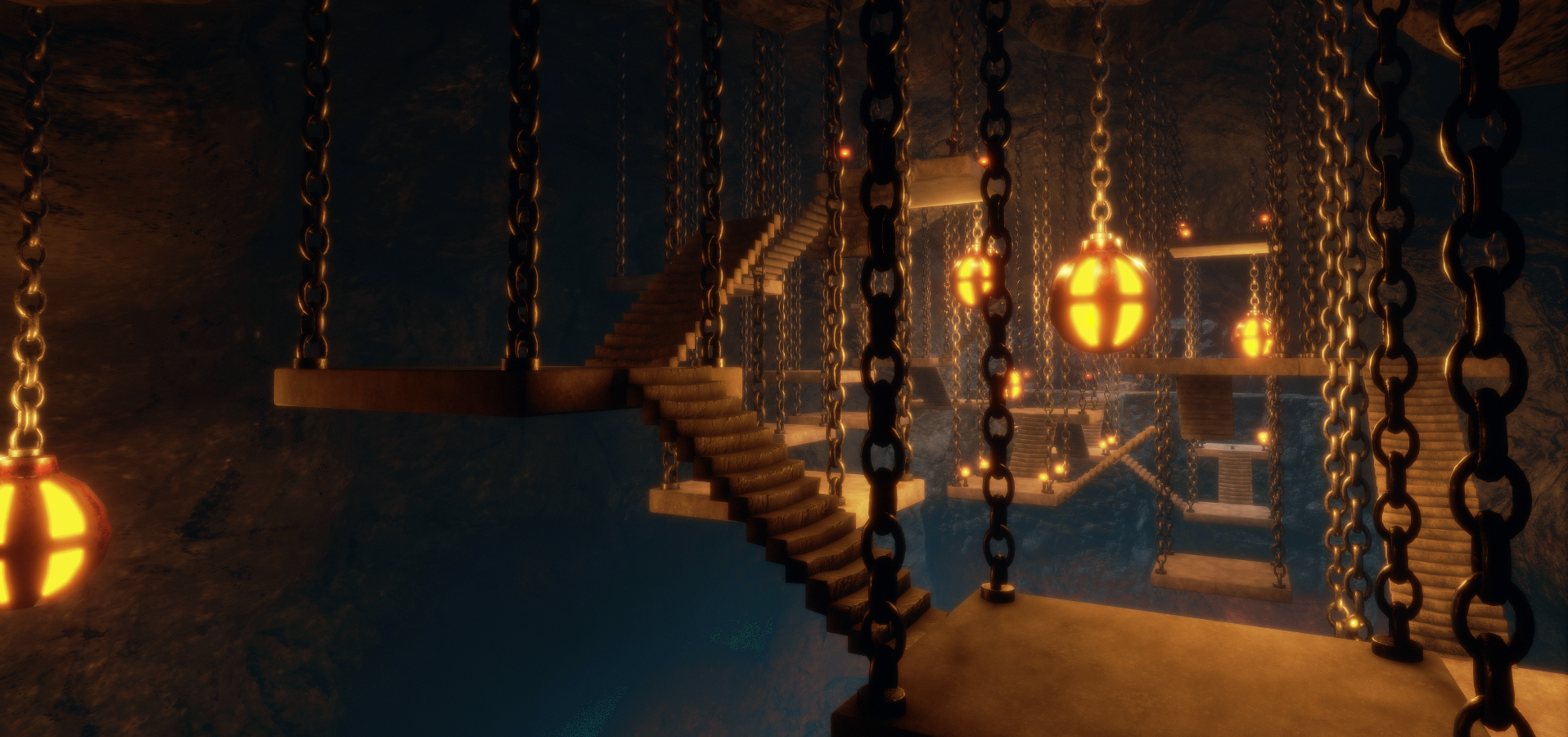
July 31st, 2018 marked the first anniversary of Sansar’s public Beta, Linden Lab having thrown the doors wide to the world at large to come in and have a look, back at the end of July 2017.
The move came with a lot of forewarning that those familiar with the capabilities of a (then) 14-year-old platform such as Second Life would likely find a lot of things lacking in Sansar, but even so, in a lot of quarters Sansar was negatively leapt upon for this very reason. And while some of that criticism may have been and still be valid, it is worth pointing out that Second Life didn’t burst forth on the world in June of 2006 fully formed and ready to go with all the capabilities we take for granted today (and so perhaps expect Sansar to have from “day 1”).
That said, there were – and remain – certain aspects of Sansar which perhaps could have done with more development time before opening the doors to “everyone” (quotes deliberate, given the emphasis of the public Creator Beta was very much on people where a creative / content crafting mindset and abilities, rather than on consumer / creator users). Interaction, for example was almost entirely VR HMD-centric; non-headset users were restricted to walking into / over things and initially had no means to more directly interact with objects. Scripting for object interaction was also somewhat limited. Sansar additionally lacked a permissions system at the time of the public Creator Beta – indeed, a year on, we’ve still yet to see it – although may well be making its first appearance in the coming month.

While not a major drawback in terms of overall commerce (Sansar was always going to take time to build a consumer audience), this has limited areas of creativity – such as working collaboratively. The lack of the permissions / supply chain / licensing system has also limited convenience in selling items between creators, as the ability to sell “multi-part items” is very bound up with it, leaving a creator wishing to sell an object with several components having to sell the various parts individually.
At the time of the opening, I noted that given the Lab had reportedly received more than 10,000 closed Creator Beta applicants, and given the lack of scripting support, avatar customisation (another area of limited capability), lack of permissions / supply chain / licensing system, etc., I did question why they didn’t just extend that programme by, say, another year. In terms of take-up, the outcome would perhaps have been the same. Certainly, in terms of encouraging interest on the part of existing virtual world users, a “launch” of Sansar now, with all the added capabilities from the last year might have resulted in something of a more positive reaction.

Certainly, given that VR itself is going to take a good few years yet to come into its own as a household product, the leeway for the Lab to do more under the hood tinkering with Sansar, get more feedback from their existing pool of creators and partners, etc., and be in a position to offer something of a more rounded product to the public was certainly there. But again, this also brings drawbacks.
Take, for example, the misunderstanding that Sansar was to be a “replacement” for Second Life – an idea that took root and flourished despite Ebbe Altberg stating numerous times in 2016 / 2017 (VWBPE addresses, Lab Chat sessions, and Meet the Linden events) that this wasn’t the case. How might the flames of rumour and “the end” od Second Life been fanned had a more “SL-like” Sansar popped up?

As it is, for the last 12 months, Sansar has been able to plod away, receiving broadly positive responses from the tech media while those of us immersed in Second Life have been able to if not breathe a sigh of relief, then at least accept LL’s word that they are going to continue to invest in and develop Second Life, up to an including the major (and continuing) work to shift that platform to a cloud-based infrastructure.
And Sansar has come a fair way over the course of a year. Yes, there is still much more to be done, make no mistake, but Sansar today is something of a different beast to a year ago. Performance on mid-range desktops has been improved, load times tidied, the Atlas made far more user-friendly, the client has seen a host of improvements, a veritable boatload of new capabilities have been delivered – Desktop interaction, better scripting capabilities, and so on. And thus experiences have started to get more involved and interactive. There are individual / team games like Hover Derby and Paintball; rudimentary combat, as seen in The Secret of Mount Shasta, is possible. Storytelling capabilities have grown, while the platform has demonstrated is ability to be fully capable of presenting art through the virtual medium through the likes of the Hollywood Art Musuem project.
More particularly, Linden Lab has been able to flex its muscle and establish partnerships whilst also building a reputation as a design studio as well. Most visibly this has been done through the likes of the Ready Player One tie-in of Aech’s Garage and Aech’s Basement and which saw LL via Sansar Studios working with the likes of Intel, Amblin Entertainment and Warner Entertainment to recreate scenes from the film in VR.




















